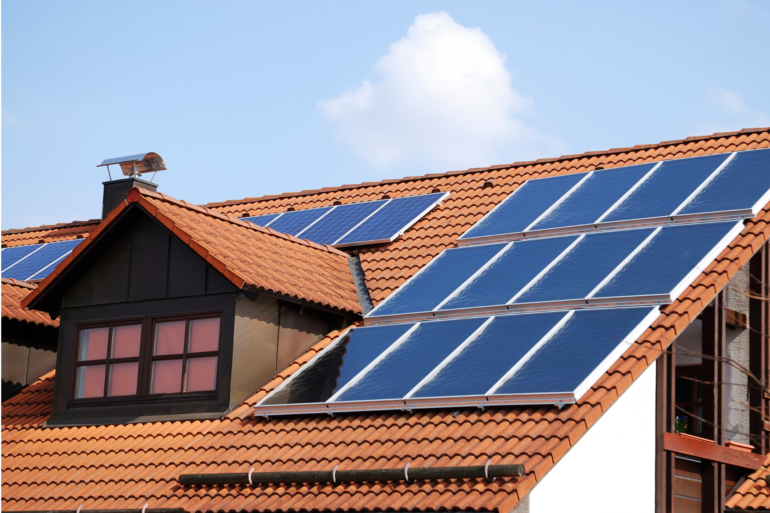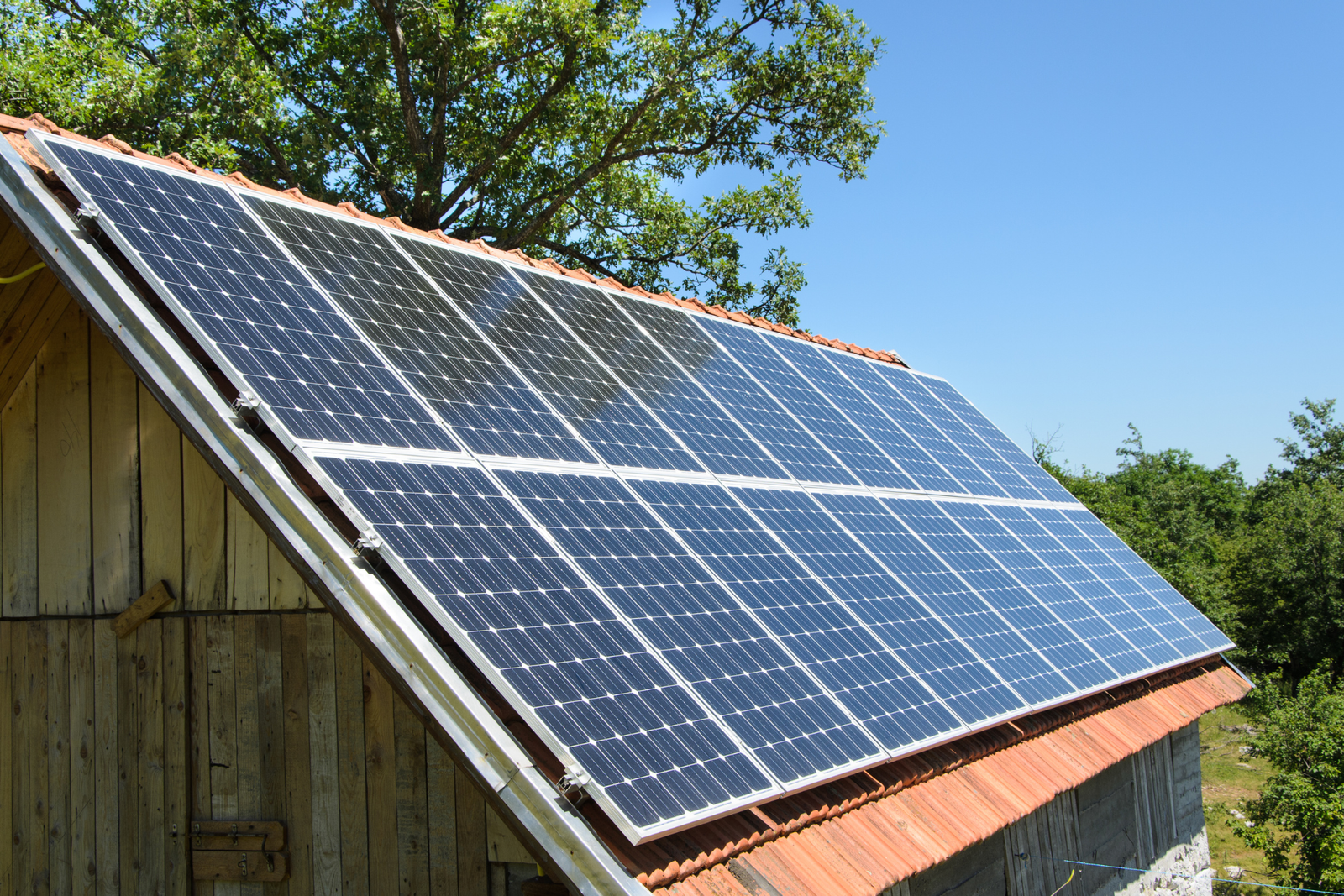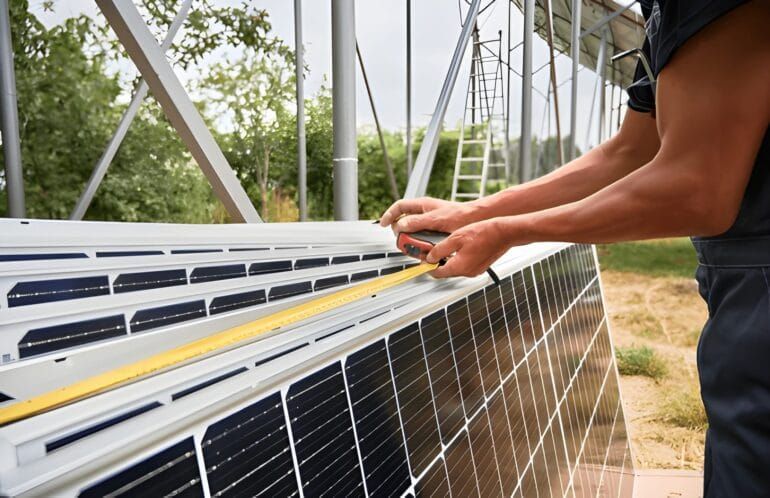Introduction
Unlock the potential of solar energy with our comprehensive guide on How many panels in a 5kW solar system? Discover the optimal panel count, considerations for system design, and tips for maximizing your solar investment. From understanding the basics to exploring future expansion possibilities, delve into the world of clean, renewable energy. Start your journey towards a sustainable future today.
Understanding the Basics
Before we jump into the specifics of panel count, it’s essential to grasp the foundational concepts of solar power generation. Solar panels, also known as photovoltaic (PV) panels, convert sunlight into electricity through the photovoltaic effect. The power output of a solar panel is measured in watts (W), and the total power capacity of a solar system is often expressed in kilowatts (kW).
The Formula
To determine the number of panels needed for a 5kW solar system, we must consider the wattage of each individual solar panel. Assuming a standard panel output of 300W, the formula to calculate the panel count is:
Number of panels = Total system capacity (kW) / Panel wattage (W)
So, for a 5kW system with 300W panels:
Number of panels = 5,000W / 300W ≈ 16.67 panels
Since we can’t have a fraction of a panel, we round up to the nearest whole number. Therefore, approximately 17 panels are required for a 5kW solar system using 300W panels.
Factors Influencing Panel Count
Several factors can influence the number of panels needed for a 5kW solar installation:
Panel Efficiency: Higher efficiency panels generate more power in limited space, potentially reducing the required panel count.
Location and Sunlight: The amount of sunlight a location receives directly impacts the energy output. Sunnier regions may require fewer panels to achieve the same power output.
Inverter Efficiency: The inverter converts DC power generated by the panels into usable AC power. Inverter efficiency can affect the overall system performance.
Shading and Obstructions: Shaded areas or obstructions can reduce a panel’s efficiency. It’s crucial to consider shading factors during system design.
Orientation and Tilt: Properly orienting and tilting panels towards the sun optimizes energy production. The angle and direction can influence the number of panels needed.
Optimizing Your Solar Investment
The decision to invest in a 5kW solar system is not just about meeting energy needs but also maximizing the return on investment. Beyond the basic panel count calculation, there are additional considerations to ensure the system operates efficiently and effectively over its lifespan.
Quality of Solar Panels: The market offers a variety of solar panels with different levels of efficiency and durability. Investing in high-quality panels may initially cost more but can result in greater long-term energy production and reliability. Researching reputable manufacturers and understanding panel specifications is crucial in making an informed decision.
Inverter Selection: The inverter plays a pivotal role in the solar power generation process. Choosing the right type of inverter and ensuring its compatibility with the solar panel array is essential. Some systems may use a central inverter, while others opt for microinverters for individual panels, each with its advantages and considerations.
Monitoring Systems: To track the performance of your solar system and identify any issues promptly, consider integrating a monitoring system. Real-time data on energy production, system health, and potential faults empower homeowners to make informed decisions and address any issues swiftly.
Government Incentives and Rebates: Many governments offer incentives and rebates to encourage the adoption of solar energy. Researching available programs can significantly offset the initial cost of installation. These incentives may include tax credits, grants, or feed-in tariffs that allow you to sell excess energy back to the grid.
Maintenance and Cleaning: Regular maintenance, including cleaning the solar panels, is vital for optimal performance. Dust, dirt, and debris can accumulate on the panels, reducing their efficiency. A scheduled cleaning routine and occasional professional inspections can ensure the system operates at peak capacity.
Future Expansion: Anticipating future energy needs is a wise consideration during the initial design phase. Some homeowners choose to install a larger inverter or leave space for additional panels to accommodate future energy demands, providing scalability to their solar investment.
Educational Resources: Keeping abreast of solar technology advancements, industry trends, and best practices empowers homeowners to make informed decisions. Online resources, community forums, and consultations with solar experts offer valuable insights into optimizing system performance and navigating any challenges.
Expanding Horizons: Beyond the 5kW Threshold
While a 5kW solar system is a popular choice for many households, some homeowners may find themselves contemplating the idea of going beyond this threshold. Whether it’s due to an increasing demand for energy, a desire to achieve greater energy independence, or simply to make a more substantial environmental impact, exploring larger solar installations is a logical progression.
Scaling Up: For those with the space and resources, scaling up the solar installation can be a strategic move. This might involve increasing the capacity of the current system by adding more panels or installing a higher-capacity inverter. The scalability of solar systems allows homeowners to adapt to changing energy needs over time.
Battery Storage Integration: To enhance energy self-sufficiency, some homeowners opt to integrate battery storage solutions with their solar systems. Energy storage allows for the accumulation of excess energy generated during the day for use during periods of low sunlight or during power outages. This not only provides a reliable backup power source but also maximizes the utilization of solar-generated electricity.
Smart Home Integration: The integration of smart home technologies with solar systems is another avenue to explore. Smart energy management systems can optimize energy consumption patterns, ensuring that power-hungry appliances run when solar production is at its peak. This level of automation not only increases efficiency but also contributes to cost savings over time.
Community Solar Initiatives: For those who may face space constraints or prefer a communal approach, community solar initiatives offer an alternative. These programs allow individuals to invest in a shared solar installation, often located off-site, and receive credits on their electricity bills based on the energy produced.
Hybrid Solar Systems: Hybrid solar systems combine the benefits of solar power with other renewable energy sources, such as wind or hydropower, along with conventional grid electricity.

This diversified approach ensures a more consistent and reliable energy supply, especially in regions with variable weather conditions.
Educational and Advocacy Opportunities: As solar technology continues to evolve, there are opportunities to become an advocate for clean energy in your community. Sharing your experiences, knowledge, and the benefits of solar power not only contributes to a more sustainable future but also inspires others to make environmentally conscious choices.
Embracing the Future: The journey into solar power goes beyond the installation of panels; it’s a dynamic and evolving process that opens the door to various possibilities. Whether you’re considering a larger solar system, incorporating cutting-edge technologies, or actively participating in community initiatives, each step contributes to the broader goal of creating a sustainable and resilient energy future. By embracing innovation and staying attuned to the ever-changing landscape of renewable energy, you position yourself not just as an energy consumer but as a participant in a transformative movement towards a cleaner, more sustainable world.
Conclusion
In conclusion, the question of how many panels are required for a 5kW solar system involves a careful consideration of various factors. While the basic formula provides a starting point, it’s important to consult with solar experts who can perform a site assessment and customize the system design for specific conditions. Investing in solar power not only contributes to a sustainable future but also offers long-term economic benefits. As technology continues to advance, the efficiency of solar panels is likely to increase, making solar energy an even more attractive and accessible option for homeowners and businesses alike.







